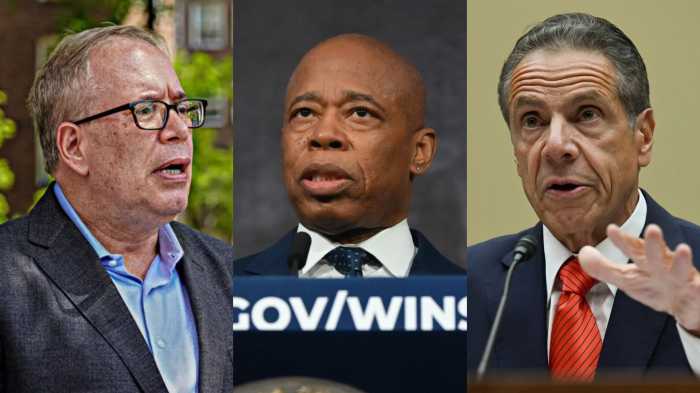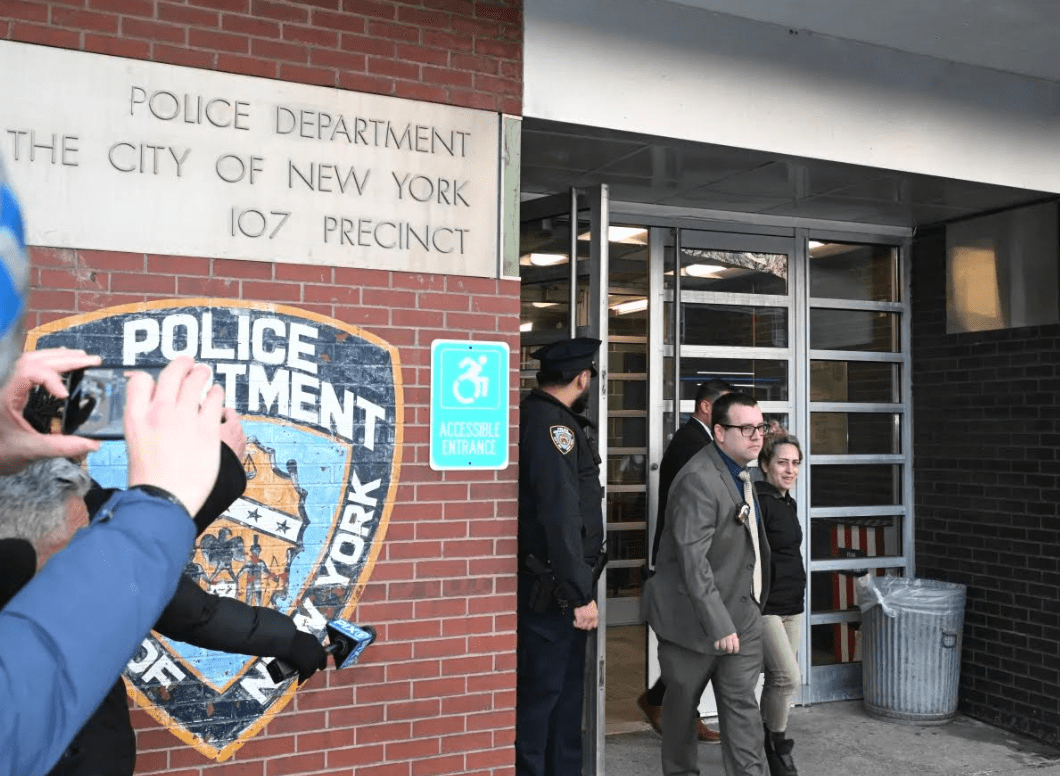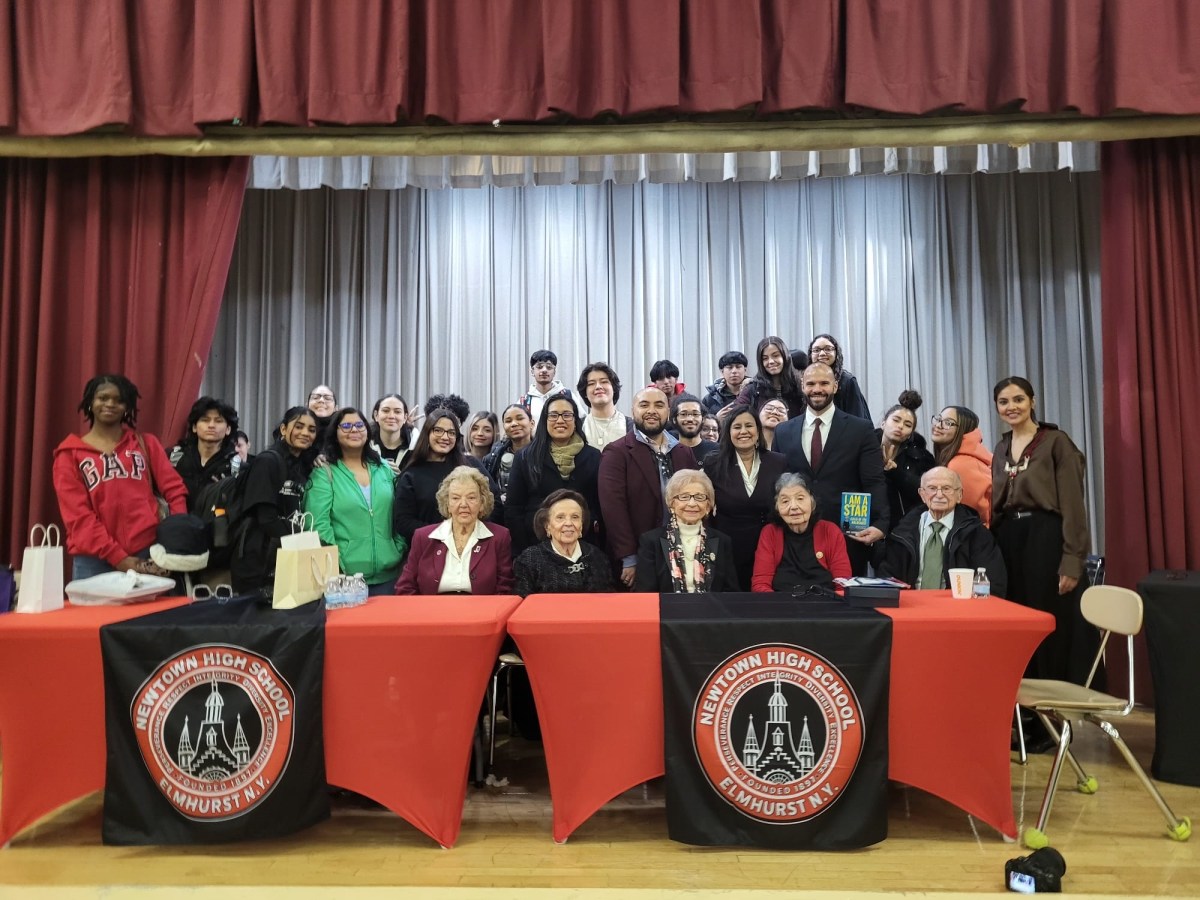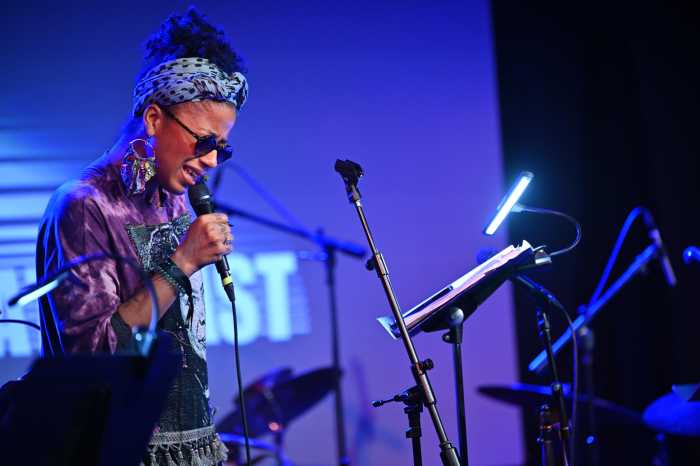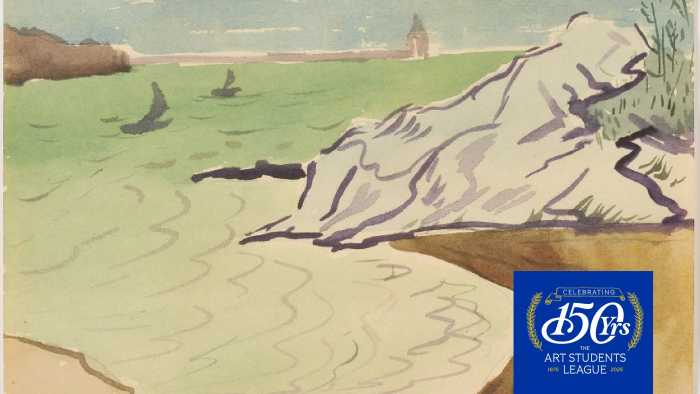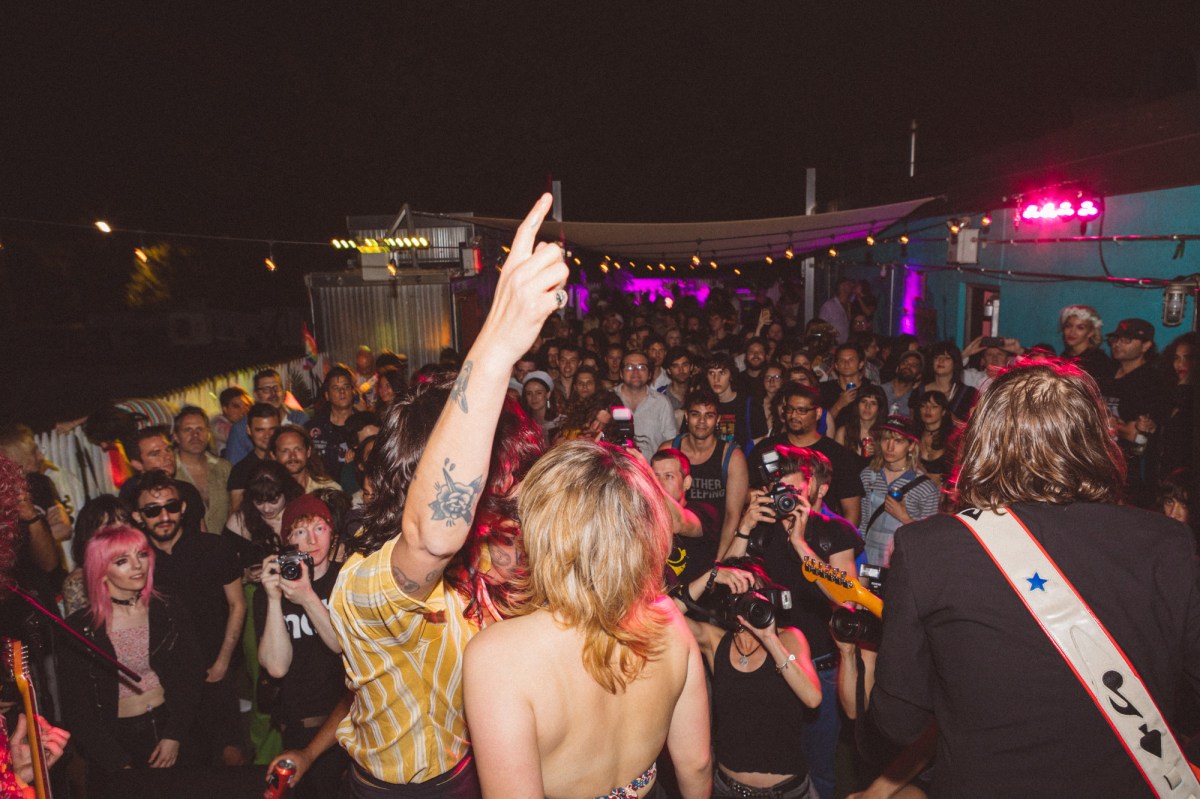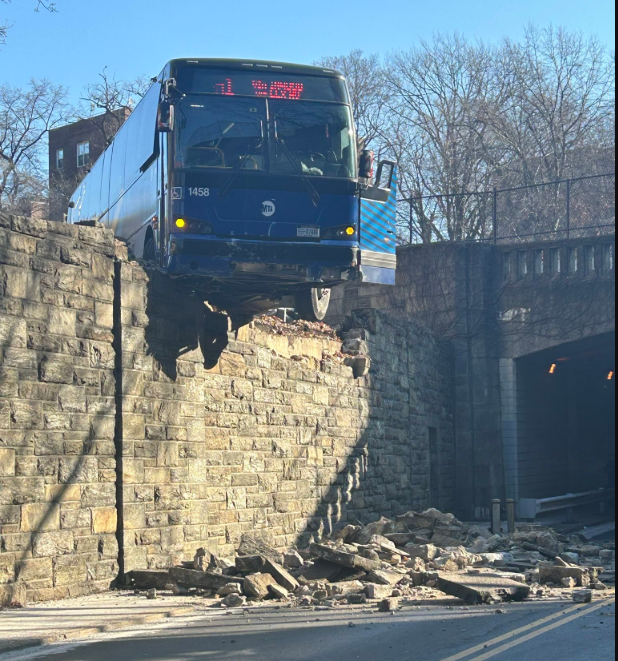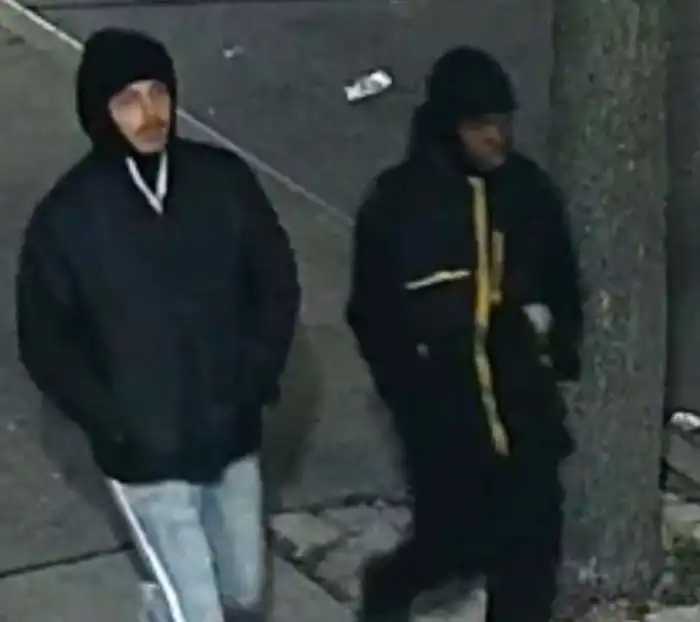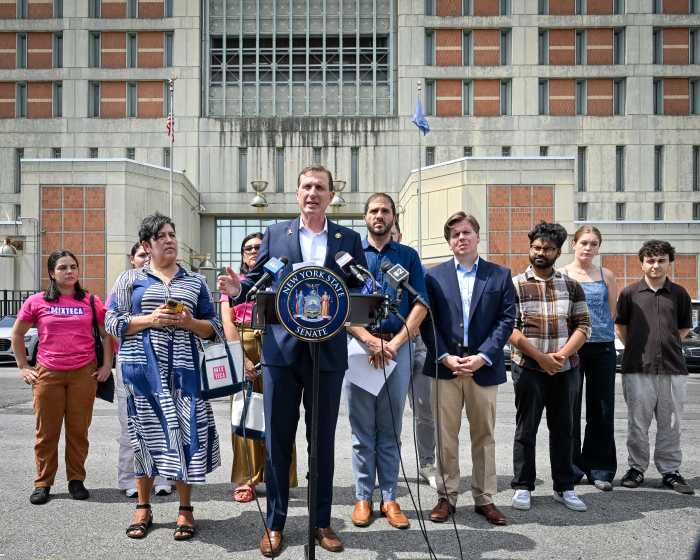-
 In 1969, the Stonewall Inn was a Mafia-run gay bar that did not have a liquor license. In the early morning hours of June 28, police raided the bar, but the patrons resisted. A crowd gathered outside the bar, leading to the police barricading themselves inside the bar. Riot police soon arrived, clashing with the crowd outside. The protests continued for five nights after the raid, resulting in more than 18 arrests and it’s often credited as one of the major moments in the modern LGBT rights movement.
In 1969, the Stonewall Inn was a Mafia-run gay bar that did not have a liquor license. In the early morning hours of June 28, police raided the bar, but the patrons resisted. A crowd gathered outside the bar, leading to the police barricading themselves inside the bar. Riot police soon arrived, clashing with the crowd outside. The protests continued for five nights after the raid, resulting in more than 18 arrests and it’s often credited as one of the major moments in the modern LGBT rights movement.
Afterwards, the NYPD cracked down on gay bars in the area, and gays started boycotting the Stonewall Inn. Within three months, the Stonewall Inn was closed. A number of different businesses tried their hand at the location, and in 2000, the building became a National Historic Landmark. The entire building was renovated and reopened as The Stonewall Inn in 2007. The NYC Landmarks Preservation Commission voted unanimously on June 23, 2015 to designate the Stonewall Inn a city landmark as well.
” data-id=”110571962″ data-link=”https://amnewyork.wpengine.com/wp-content/uploads/2019/10/4825_image.jpg” class=”wp-image-1.10571962″/>
Photo Credit: Linda Rosier -
 Christopher Park, a tiny, triangle-shaped piece of outdoor space, sits across from the Stonewall Inn. The melee that occurred at the Stonewall Inn erupted into Christopher Park, and the park was a focus of the first Gay Pride March.
Christopher Park, a tiny, triangle-shaped piece of outdoor space, sits across from the Stonewall Inn. The melee that occurred at the Stonewall Inn erupted into Christopher Park, and the park was a focus of the first Gay Pride March.
In 1992, the Gay Liberation Monument was dedicated in the park.
” data-id=”110572323″ data-link=”https://amnewyork.wpengine.com/wp-content/uploads/2019/10/17609_image.jpg” class=”wp-image-1.10572323″/>
Photo Credit: Natan Dvir
The riots that erupted in the early hours of June 28, 1969 at the Stonewall Inn are known as the beginning of the modern gay rights movement.
In honor of pride month, we take a look back at some spots that have played key roles in the city’s LGBT history.



